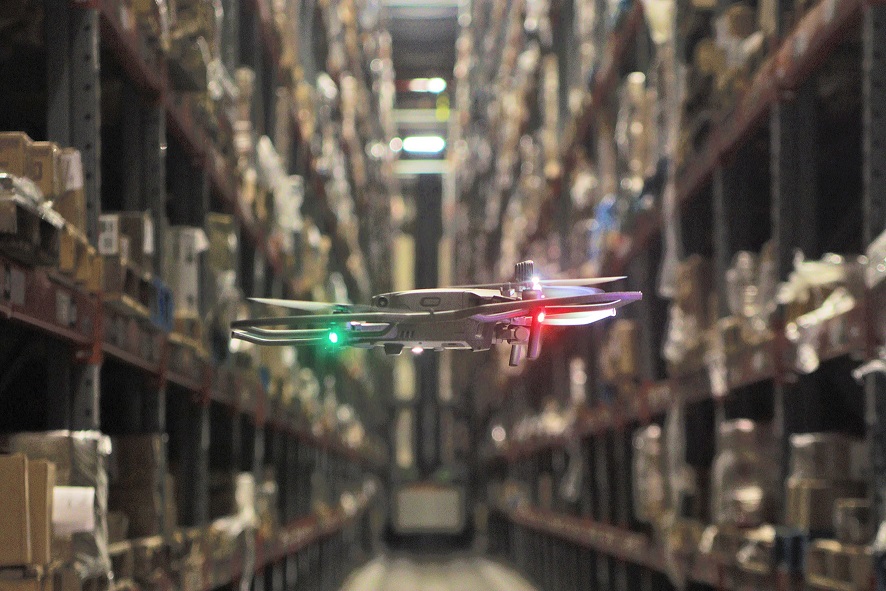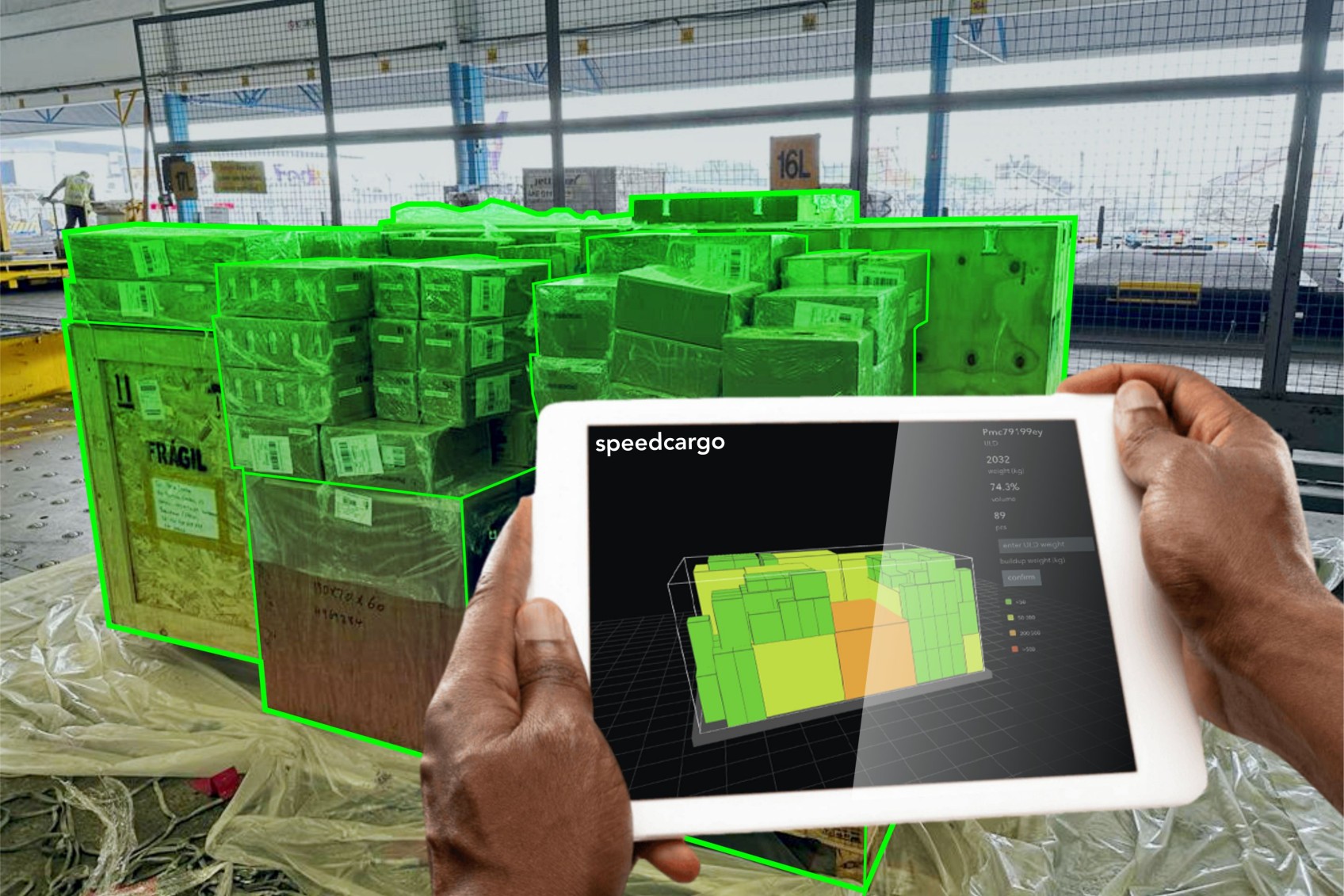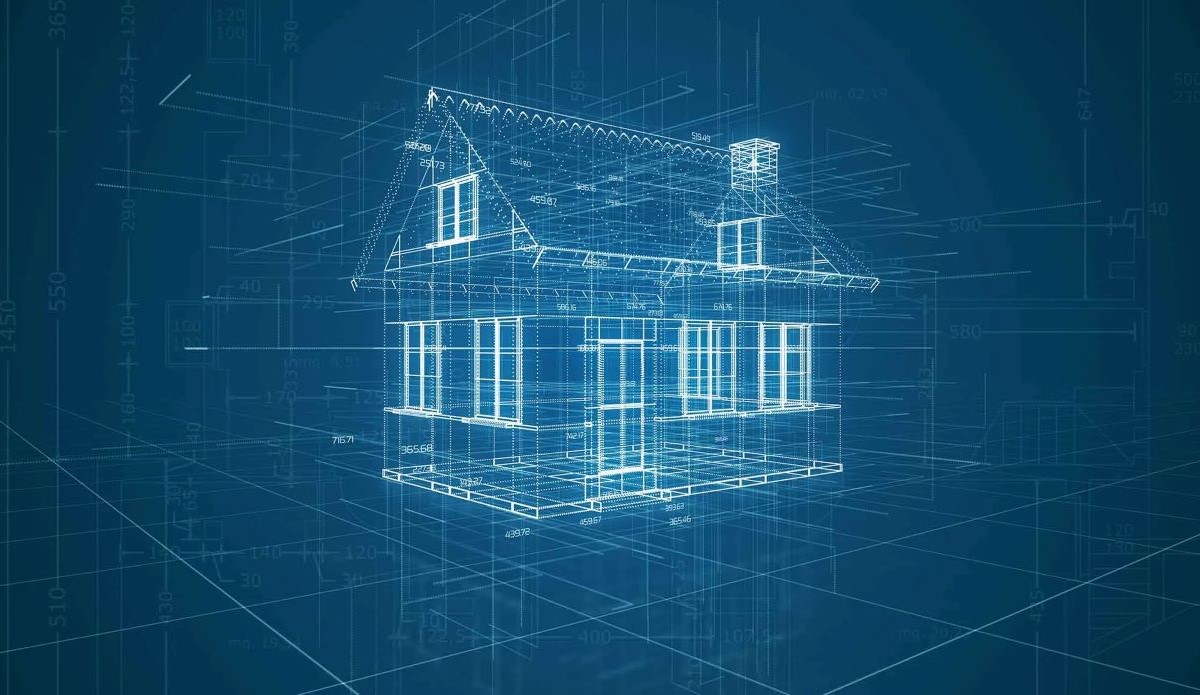
Ground handler dnata is preparing for the future of aviation with the introduction of new digital and autonomous innovations that the company hopes will meet the need for data driven supply chain operations.
Speaking from the Emirates Group’s innovation hub in Dubai, dnata senior vice president UAE cargo and global cargo strategy Guillaume Crozier explains that the company is aiming to ramp up its use of digital and autonomous technology over the next two years.
Achieving this involves the deployment of several technological innovations at the company’s facilities across the globe. The innovation push comes on the back of a global cargo strategy that was developed by the company over the last couple of years.
During a presentation, Crozier outlines all the potential technology that could be deployed at its facilities in 48 warehouses in 13 countries, although he emphasises that not all this technology would be suitable across all facilities.
The cargo journey outlined in the presentation starts with customers making a booking via an online portal. Trucks are then automatically checked in and allocated a dock using a traffic management system.
Goods are checked in digitally, weighed, dimensioned and screened, racked using an automated system, and moved using automated forklifts.
Any build up is completed using software to enhance the process. Shipments are then weighed, tagged using automated printers and stored ready for loading in an automated pallet container handling system. Drones are also used for stock takes and monitoring.
Meanwhile, all documentation will be stored centrally for access to all relevant parties and ULD/pallets will have tracking and monitoring capabilities.
As mentioned, not all of this technology will be used in every facility as it is not all suitable. For instance, the automated storage systems are more suited to larger facilities and may not be as necessary in smaller buildings.
Overall, Crozier says that about 80% of the technology outlined could be used at most of its facilities.
“I think within the next two years we really want to weigh, dimension, and picture all the shipments that we accept.
“We do it in Singapore and we have launched an RFQ for Dubai so that is definitely something we want to target.”
He adds: “I will caveat that you need to make sure you have a level of automation that makes sense with your market; the yield of the market and the capability of the market. Some markets may not have the capability to deliver full automation and it may not be required.”
The Cargo Eye scanning software from SpeedCargo utilised in Singapore uses 3D technology to scan and capture a cargo’s dimensions, volume data, images and labels.

Source: dnata
This information creates a digital plan, advising dnata’s cargo handling teams of the optimal method of building a pallet.
Crozier was speaking as the company revealed that it had begun to use drones in one of its facilities at Dubai International Airport (DXB) for the first time with plans to roll them out at other locations in the future.
The drones are estimated to be 50% more time efficient than when using a cherry picker for inventory checks.
Key results from trials include a 20% reduction in processing times for on the rack inventories and over 99% accuracy in shipment tracking.
On average, dnata’s drones monitor some 1,800 shipments daily, with 99% accuracy across 2,400 rack locations.
The software used by dnata’s drone partner, Gather AI, enables the drones to map the environment, collect inventory data, count cases, measure temperature, and read barcodes using only their cameras, without the need for any additional active infrastructure.
The drones are paired to a tablet device providing live inventory data. The collected data can be viewed directly on the tablet or the web dashboard.
Close collaboration
Crozier says the drone project involved close collaboration with dnata’s technology partners, something he says is vital to the success of innovation.
“As you innovate, you realise how important it is to create a framework, a procurement framework and a relationship framework, with your vendor that allows you to create understanding and space for co-creation.
“At the beginning, they don’t know what you do. You have to invest a lot of time to explain and then they start to pitch their first draft and then you iterate. If they just hit you with a bill from day one, it is not working.
“Co-creation activity is key. On the drones we have been working with our partner since 2016. Developing their system technology. It was a commitment from them as well. You have to have a common understanding.”
Another key technology deployment for dnata includes the rollout of its digital cargo management system, OneCargo, which links many of the physical technologies together and provides customers with greater visibility.
The handler says that OneCargo automates key business and operational functions, including safety and quality monitoring, reporting and ULD management, with an integrated cloud-based platform.
AI-driven tools and analytics provide enhanced visibility on sales and business performance, allowing customers to match demand with available capacity.
In addition, OneCargo eliminates all redundancies and manual check sheets.
Dnata initially launched OneCargo at its operations in six countries, including Iraq, Pakistan, Switzerland, UAE, USA and Zanzibar (Tanzania).
Margin of error
The handling industry is often viewed as low margin with handlers facing the difficulty of translating investments in specialised services and technology into higher prices to justify the cost.
Crozier says that part of the reason dnata is able to justify these investments is because of the backing of its shareholders who are “in it for the long-term”.
The handling company is owned by the Emirates Group, which is in turn state owned.
“We have shareholders with a mindset that looks at long-term data. So when it comes to the payback period, we have a license from our shareholder that gives us a greater wingspan.
“If you demonstrate in your day-to-day business, based on your KPIs, delivering your scorecard, then they give you that freedom to innovate.”
He adds that the industry has matured since the Covid pandemic and there is more of an acceptance that end customer demands are changing. This needs to be reflected in the level of service provided throughout the supply chain.
“If you demonstrate your value proposition and articulate it well you may be listened to,” he says.
“Some are definitely active and supportive and some others are still thinking about it, but I don’t see another way forward if we want to keep doing more at pace in the new world we are in, which is interconnected with all the new technology.”
Crozier points out that other industries that utilise air cargo are moving even faster, deploying technology such as generative Ai and quantum computing, which has a knock-on effect of “stretching” the airfreight providers.
As well as investment in new technology at a cargo level, it is also being utilised at group level, explains group chief executive Steve Allen.
He says that the dnata group has been using Artificial Intelligence (AI)/machine learning for some time to help complete tasks such as shift scheduling and process improvement.
“We have technology that does all the staff allocation,” he says. “It captures our estimate of how long a task will take and then the actual length of task. You compare those two things and you can reduce the amount of time we need to allocate on that task because 90% of the time you do it quicker.”

Steve Allen. Source: dnata
The company is also exploring the deployment of generative AI, although it is adopting a cautious approach.
“Generative AI can take vast amounts of written information, get the pertinent points and deliver it to an individual very quickly.
“A good example would be if you are a dispatcher working on a turnaround of a particular airline and you aren’t sure what the policy is or how they accept dangerous goods (DG) – AI can deliver that policy at the touch of the button. Whereas before you would need to go into the airline manual and find out what their DG requirements are.
“We can now deliver words and not just numbers to our front line. And then there are all the admin tasks that we do, whether it is writing contracts, loading deals into our sales systems, all these things can be automated.”
He adds: “We do have to be careful in the way that we use Ai because it still makes a lot of mistakes and this is why we don’t currently deliver Ai directly to the customer – we still feel that human beings need to check before it is approved.
“But no doubt it will get more accurate and we will be able to deliver to customers.”
Allen says that technology also has a role to play in the company achieving its target of reducing its carbon footprint by 50% by 2030 compared with 2022 levels.
To achieve this, dnata has switched to renewable energy at existing facilities (UK, Singapore, Ireland), while new facilities incorporate the latest carbon reduction initiatives in design and operations.
On equipment, dnata has replaced a large number of ramp vehicles, GSE and forklifts with hybrid or electric alternatives and will use biofuels where feasible.
Speedcargo and dnata partner to bring AI technology to Etihad Cargo operations





